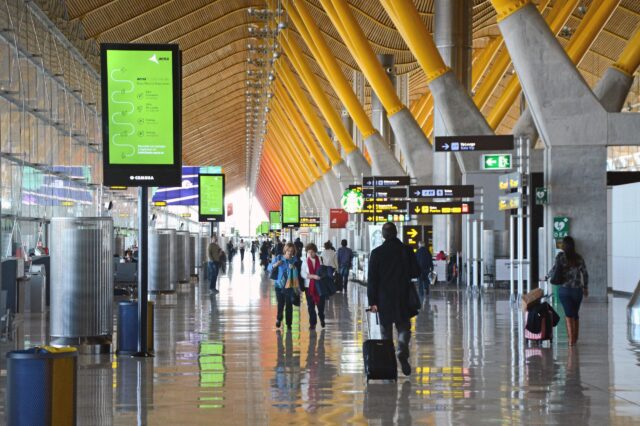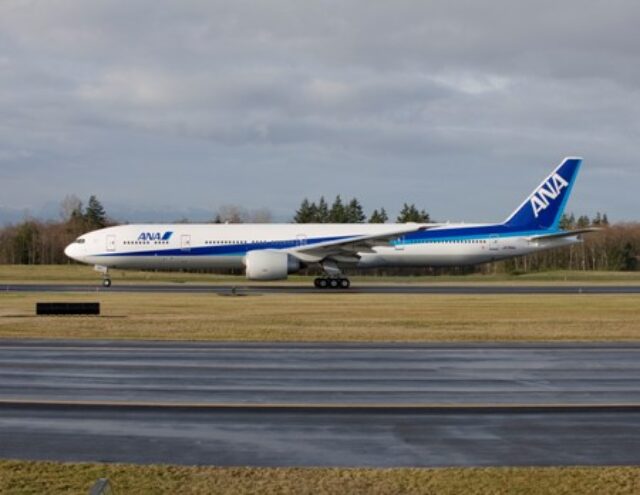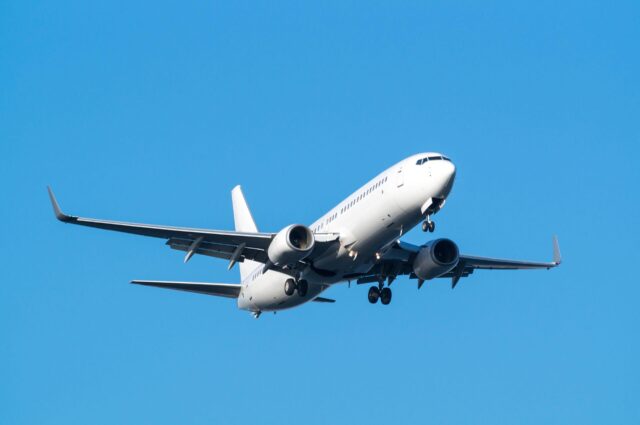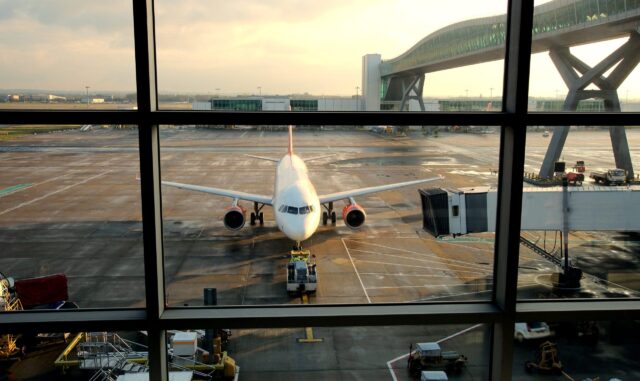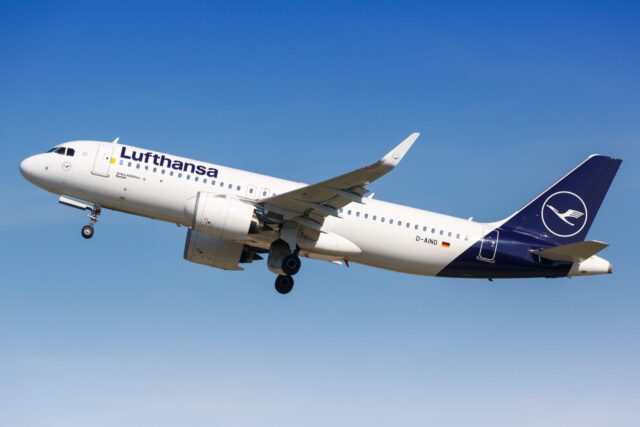NASA’s Sustainable Flight Demonstrator has concluded wind tunnel testing
February 24, 2025

Tests on NASA’s X-66 semi-span model (representing half the aircraft) were completed at NASA’s Ames Research Center in California’s Silicon Valley, using the 11-Foot Transonic Unitary Plan Facility. The model underwent tests representing expected flight conditions to obtain engineering information to influence design of the wing and provide data for flight simulators.

The model, built by Boeing, has pressure points installed along the edge of the wing – these are drilled holes with data sensors attached. This will help engineers to understand airflow characteristics and allow the research team to generate high-quality data about the aerodynamic forces that would affect the full-sized X-66. This will influence the final design of the full-size wing and will help researchers identify areas where they can refine the X-66 design – potentially reducing drag, enhancing fuel efficiency, or adjusting the vehicle shape for better flying qualities.
Using a semi-span model takes advantage of symmetry, since the forces and behaviours on half an aircraft will mirror those on the other half. By using a half, semi-span model, the model will be larger, allowing more surface pressure measurements.
The semi-span tests follow earlier wind tunnel work at NASA’s Langley Research Center in Hampton, Virginia, using a smaller model of the entire aircraft.
We looked at this earlier wind tunnel testing at:
NASA’s X-66 truss-braced wing model competes first wind tunnel tests
The Sustainable Flight Demonstrator project is NASA’s effort to develop more efficient aircraft configurations as the nation moves toward aviation that’s more economically, societally, and environmentally sustainable. There is a particular focus on informing the next generation of single-aisle airliners, the most common aircraft in commercial aviation fleets around the world. The X-66 employs a transonic truss-braced wing – combining extra-long wings with bracing/stabilising struts. These are intended to improve aerodynamic efficiency and promise to reduce fuel burn by up to 30%.

The new wings will be fitted to a modified Boeing MD-90. The fuselage has been exhaustively laser scanned in 3D to ensure accurate component integration. Ground and flight testing of the full-scale X-66 experimental demonstrator is scheduled to begin in 2028.




